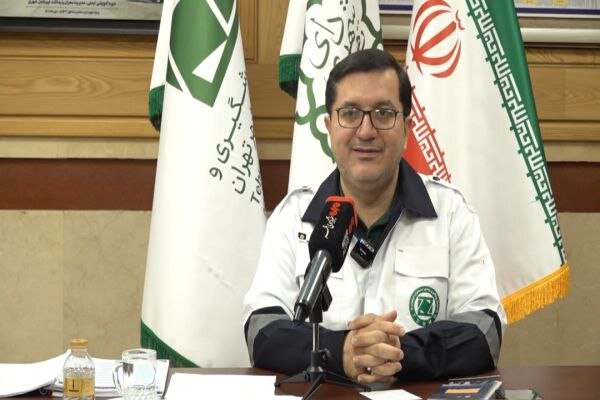Strengthening Tehran against future crises requires 2.1 billion dollars of credit


Ali Nasiri, the head of Tehran's Crisis Prevention and Management Organization, in a conversation with Mehr reporter about strengthening Tehran against future crises, said: a series of comprehensive studies has been prepared in 8 volumes, which was conducted by one of the prestigious universities and took more than a year. It has been half as long. These studies provide a detailed plan for retrofitting Tehran's infrastructure over the next 10 years and determine how much funding is needed annually and to which sectors this funding should be allocated.
He added: This program includes the strengthening of vital arteries of the city such as electricity network, water network, gas network, roads and bridges. Also, this program specifies that if a bridge is going to be retrofitted, which bridge is the priority and if a road needs strengthening, which route should be considered first. The cost of implementing this program over 10 years is estimated at 2.1 billion dollars. This figure is not very large on a macro scale, because it would mean an allocation of 210 million dollars per year.
Nasiri continued: Including today's dollar rate, this amount will be 210 million dollars equivalent to 160 hemats (one thousand billion tomans). This figure is almost equal to the annual budget of Tehran Municipality. However, providing this budget is not the only duty of the government and different sectors should participate in it. The government should provide a part of this cost, the municipality should also invest in this field, and in addition, the private sector should participate by granting loans. Also, the people themselves also play a role in retrofitting their houses, because part of this plan is related to the renovation of worn-out structures.
The head of the Tehran Crisis Prevention and Management Organization stated: Scientific and specialized methods should be used for the renovation of worn-out tissues, and this work requires a detailed planning. All these measures, both in the public infrastructure sector and in the housing sector, need financial resources, but this does not mean that all these funds should be provided from the public resources of the country. Rather, different sectors including the government, municipality, private sector and citizens themselves should participate in this process. Finally, the goal of this comprehensive program is to increase the safety of the city of Tehran against natural crises, reduce possible damages and improve the quality of life of citizens.
Source:mehrnews